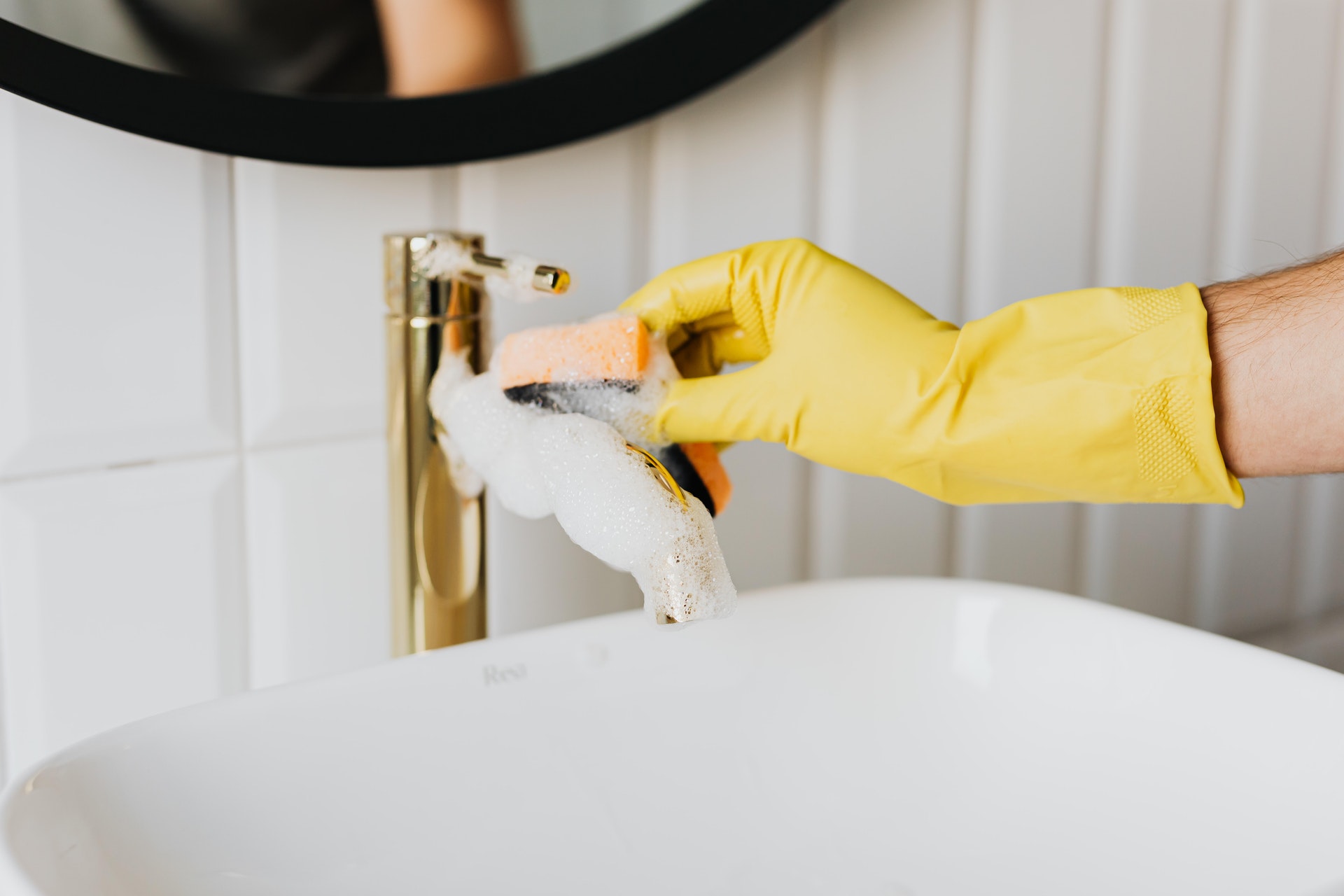This article is for anyone who works with Cleaners and Disinfectants! C A U T I O N! THMM.
https://www.psychologytoday.com/us/blog/heal-the-mind-heal-the-body/202009/why-common-cleaners-and-disinfectants-can-be-deadly
Why Common Cleaners and Disinfectants Can Be Deadly
Lessons about household cleaners and disinfectants from two case studies.
Disinfectants should be saving lives by killing germs, yet, if they are not used the correct way, they can kill. Here are two case studies. Let’s see if you can figure out what went wrong.
Case #1
After a friend told Mary that she needed to disinfect the fruits and vegetables she had just bought at the supermarket, Mary filled up her sink with water, added a 10% bleach solution plus vinegar and put her fruits and vegetables in her sink to soak. Within a few minutes, Mary developed difficulty breathing. She called 911 and was transported to the nearest hospital. She could have died.
What did Mary do wrong?
What caused Mary’s difficulty breathing and could have killed her?
The answer: Mary mixed bleach with vinegar which created a potentially lethal chlorine gas. As Mary inhaled that gas, her bronchioles got inflamed and her lungs got so irritated that they started swelling, giving her wheezing and difficulty breathing. Had Mary stayed near her sink, she could have died.
Lesson learned: Never mix bleach with vinegar. If you do so by mistake, get away from the gases as fast as possible. Open all the windows to get as much fresh air as possible. If the gases are outside—for example, if there are chlorine gases coming from a swimming pool (there was a wrong mix of disinfectants in a New Jersey swimming pool in July 2020 where four children and one adult had to be hospitalized)—go far away upwind and, if possible, to higher ground. The reason for going to higher ground is that chlorine gas is heavier than air so chlorine gas will go towards the ground and fresh air will go up.
What if Mary had mixed bleach with a bathroom cleaner solution? Would it have been better? No! Bathroom cleaners, window cleaners, and glass cleaners all contain ammonia. Mixed with bleach, ammonia creates a potentially lethal chloramine gas. (Bleach creates chlorine gas with vinegar and chloramine gas with ammonia, which can both be lethal.)
The symptoms of chlorine and chloramine gas exposure include blurred vision, burning sensations in the eyes, nose, and throat, nausea, vomiting, headaches, coughing, chest tightness, wheezing, and difficulty breathing, which can lead to death. If the skin has been exposed to the gas, there can be burning pain, redness, and even blisters appearing.
What should Mary have used to wash her fruits and vegetables? The CDC recommends washing fruits and vegetables with running water only.
Question: What comes from our body and our pets’ bodies, contains ammonia, and also shouldn’t be mixed with bleach? Answer: Urine. Urine contains ammonia. So do not pour bleach on your pet’s pee. The chloramine gas created will burn your eyes and irritate your throat, nose, and lungs.
In a survey of 502 people that the CDC commissioned earlier this year, 65% didn’t know that bleach should never be mixed with vinegar, and 42% didn’t know that bleach should not be mixed with ammonia. The median age of respondents was 46 years, 52% were females, 38% were from the South of the United States, 24% were from the West, 21% from the Midwest, and 18% from the Northeast.
Case #2
Three-year-old Allison was found unresponsive on the kitchen floor by her mother in April 2020. She was transported to the hospital via ambulance. During transport, she vomited. Upon arrival at the ER, her blood alcohol level was 273 mg/dL — a state law level of 80 mg/dL or more defines driving under the influence. But Allison’s mother didn’t own any wine nor spirits. What happened?
Answer: Allison’s mother left a 64-ounce-bottle of ethanol-based hand sanitizer on the kitchen counter within Allison’s reach. Allison drank an unknown amount, became dizzy, fell, and hit her head. She could have died.
Lesson learned: Do not leave ethanol-based hand sanitizer within the reach of young children. Allison’s risk would have been even worse if the hand sanitizer had not been pure and had contained methanol, which is neurotoxic, can cause blindness and can lead to death. Several hand sanitizers have been recalled because they contained methanol.
A study shows that the number of exposures to cleaners and disinfectants reported to the U.S poison control centers increased significantly in March 2020 (compared to 2018 and 2019). This coincides with the beginning of the coronavirus pandemic.
So, let’s be smart. Let’s wear gloves and use eye protection when handling bleach and other chemicals, let’s not mix household products, let’s use adequate ventilation, and let’s store household products and disinfectants in a place where children cannot access them.

Author & Speaker: Chris Gilbert, M.D., Ph.D.
Author of “The Listening Cure” (SelectBooks 2017)







